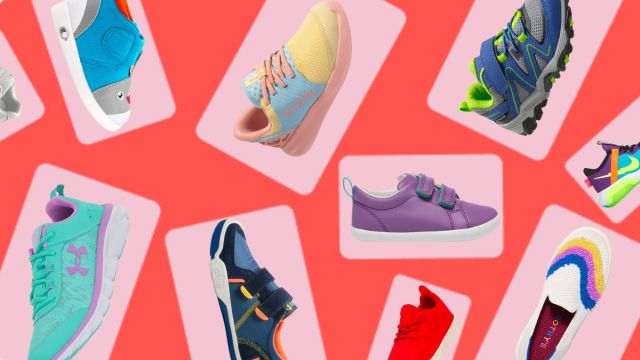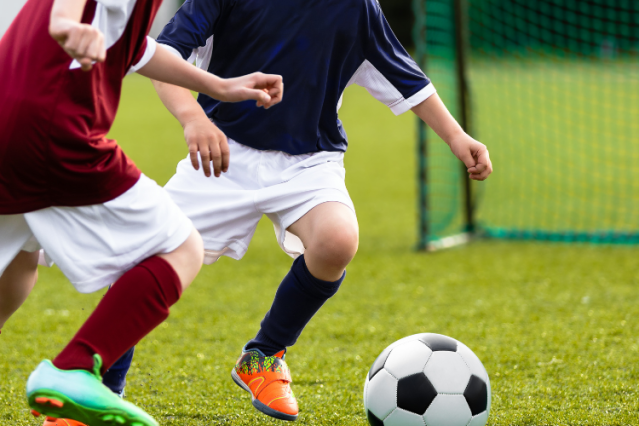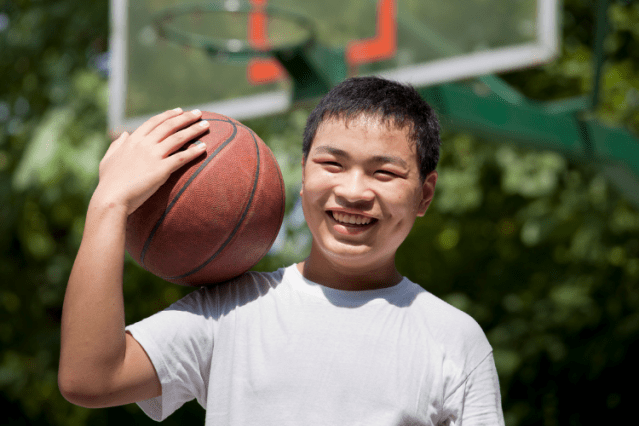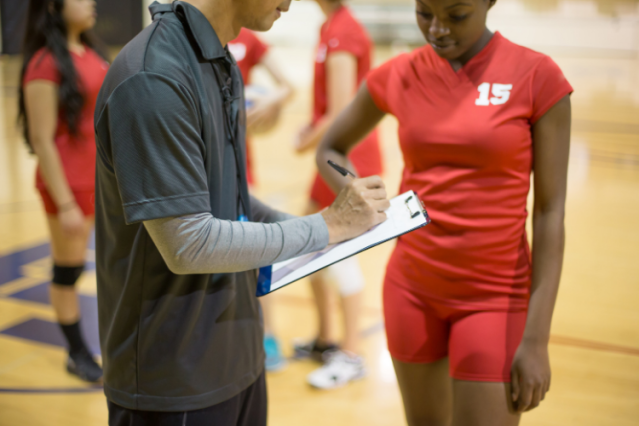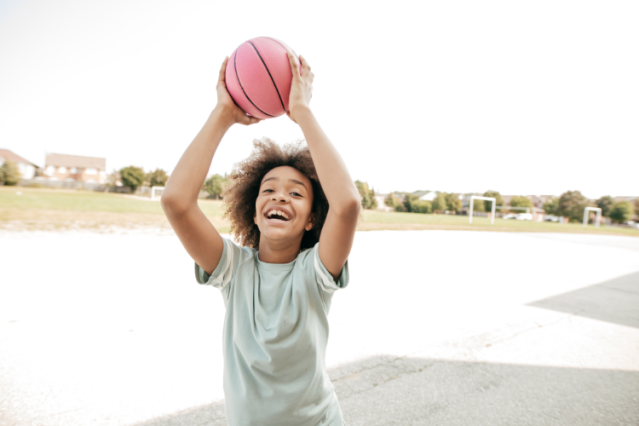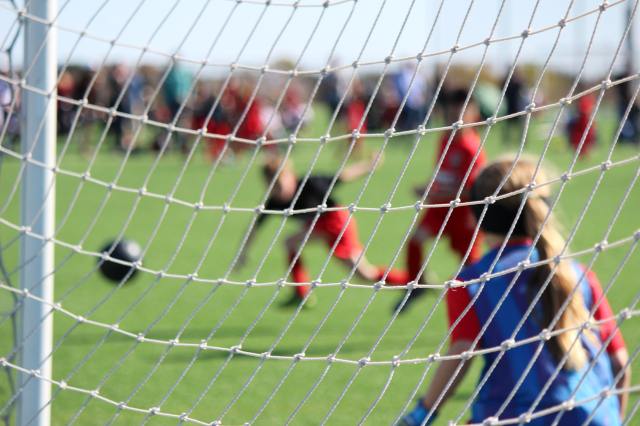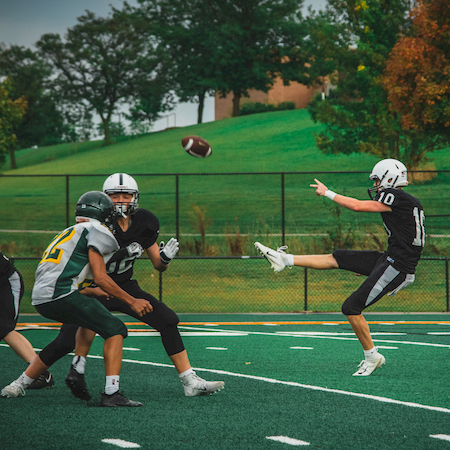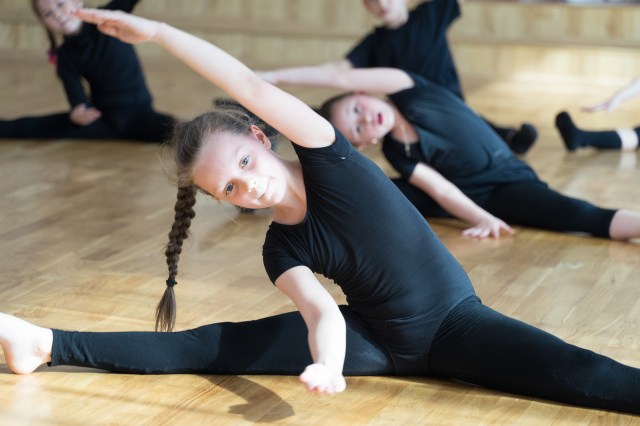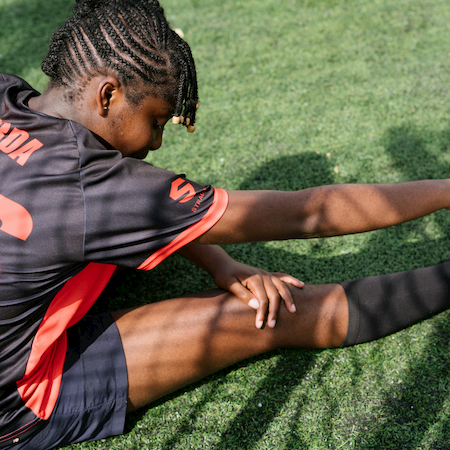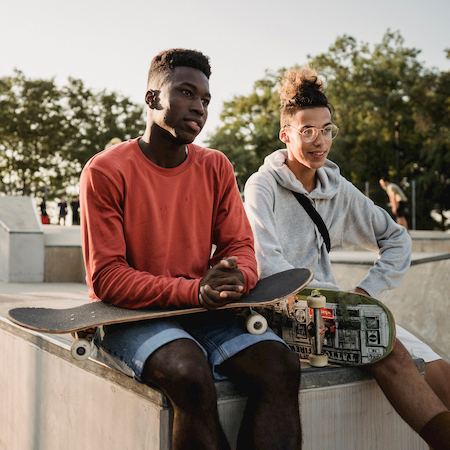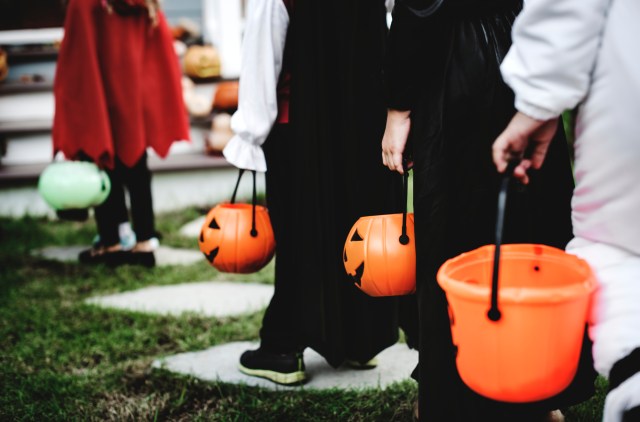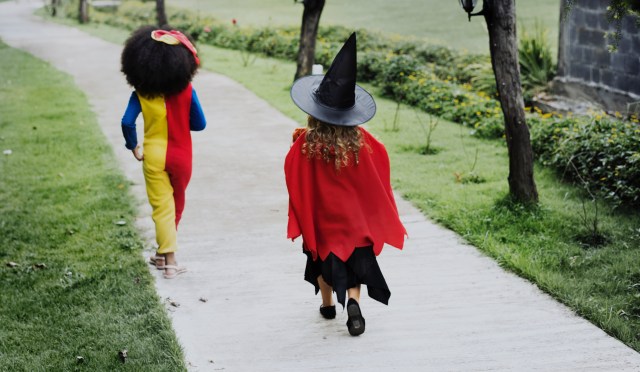If there’s one thing we know to be true, it’s that kids will keep outgrowing their shoes, whether you get out to the store or not. If you’re anything like us, it feels like the very first thing that gets too small is a pair of kiddo’s shoes. How does that happen?! There’s actually a pretty good explanation (thanks, science!). From ages 1-3 years, kids need a new pair of shoes two to three times a year on average. For older kids, ages 3-10, twice a year. Babies’ feet can grow up to half a shoe size every two months until they hit the 15-month marker! Not only are their feet growing in size, but they’re also changing shape rapidly. No wonder we’re always on the hunt for new shoes!
In hopes of making shoe shopping easier, we’ve found some of the best shoes for kids, and all of them can be bought online. These kicks are from our favorite brands and retailers, so you’re sure to find the right pair for your growing little ones. And, if you’re looking for weather-appropriate shoes for kids, check out our favorite water shoes for kids and the best boots for kids.
Toddler Sneakers
Smallbirds Wool Runners
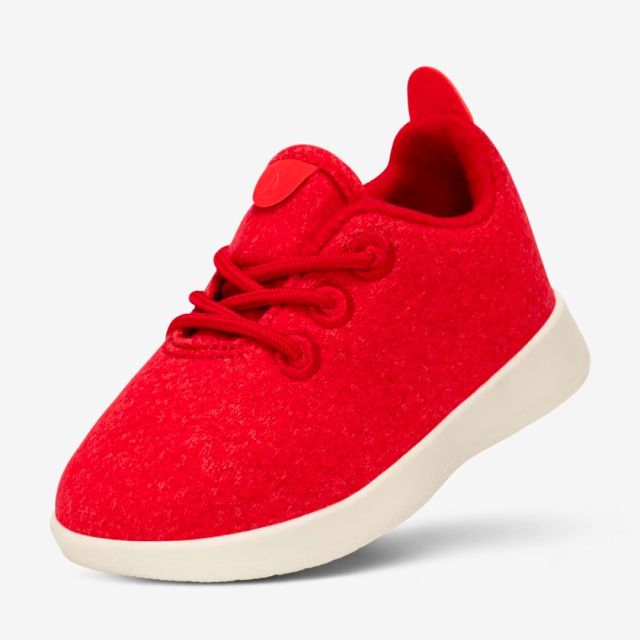
Comfy, machine-washable, and ready-for-anything, these wool runners from Allbirds come in a ton of different colors. They're not itchy at all and they're sustainable, too, so you can feel good all-around when you snag these. Sizes 5T-10T
Smallbirds Wool Runners ($60.00)—Buy Now!
Gymboree Bow Ballet Flats
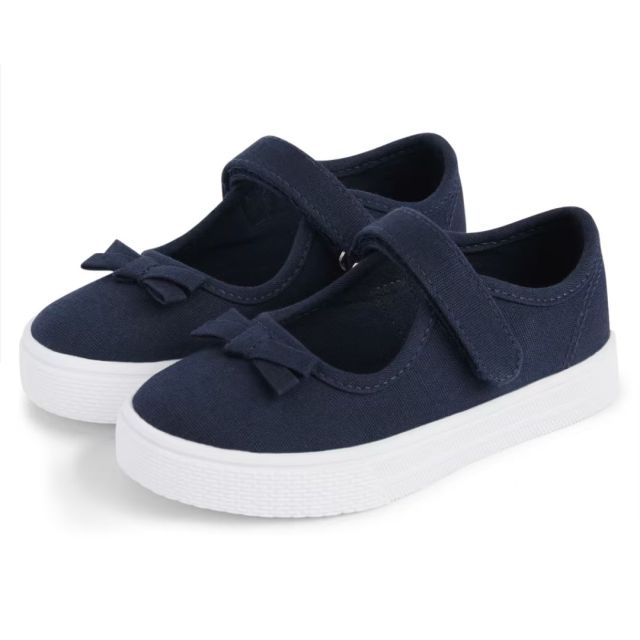
Whether your kiddo wears them as part of their school uniform, or just throws them on with shorts on the weekend, these little ballet flat sneakers are perfect for active little ones! As a bonus, the neutral color goes with everything. Toddler sizes 7-10 and Youth sizes 3-12
Gymboree Bow Ballet Flats ($25.87)—Buy Now!
Stride Rite Brighton Sneakers
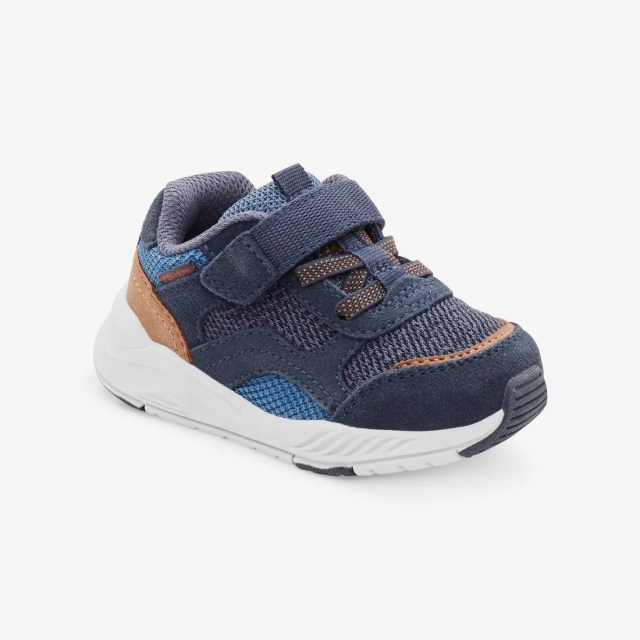
As part of Stride Rite's Project Fit Right line, these sneakers are APMA approved, have Ortholite® memory foam footbeds, are machine washable and are easy for them to put on and take off. Little Kids sizes 5-10, Big Kids sizes 10.5-6
Stride Rite Brighton Sneakers ($30.25+)—Buy Now!
Ten Little Everyday Original Sneakers
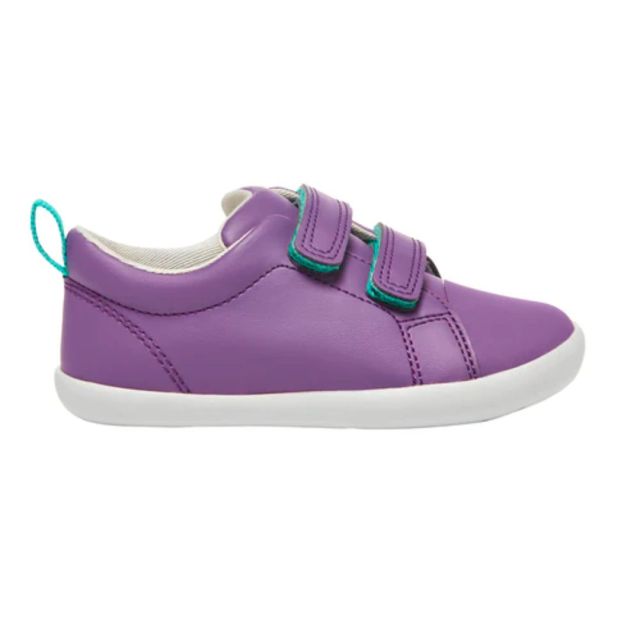
Ten Little’s vegan shoes were designed in collaboration with world-class physicians, in hopes of creating a product that supports natural development and movement (think flat, flexible soles). Each pair also comes with fun stickers, so kids can have shoes that are unique to their style and personality. Little Kids sizes 4-13
Ten Little Everyday Original Sneakers ($44.00)—Buy Now!
Plae Ty Sneaker
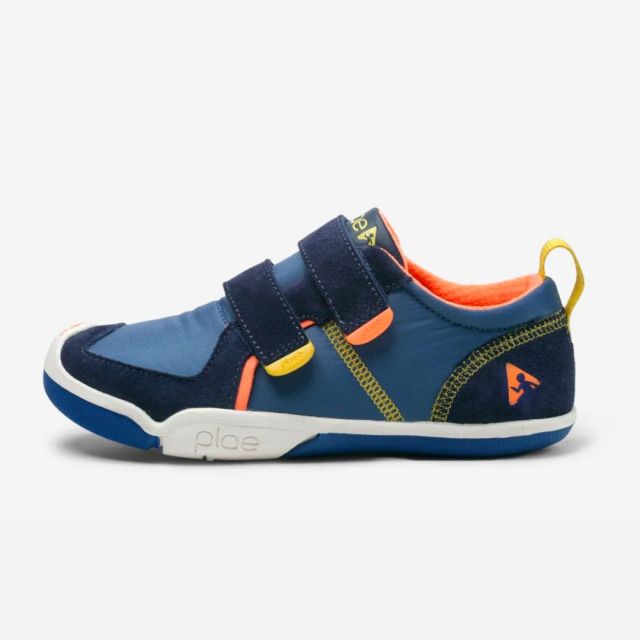
Plae shoes are designed with the super active kid in mind. The TY is a knit design with velcro straps that makes for a super-light sneaker, which means your kid can run, jump and swing without missing a beat. It's offered in two fun color combos: Amped Aqua and Hyper Blue. Each pair is washable with removable insoles, and every pair comes with the option to sign up for a Growth Spurt Guarantee®. Little Kids sizes 5-13.5, Big Kids sizes 1-4.5
Plae Ty Sneaker ($64.00)—Buy Now!
Saucony Unisex Baby Jazz Lite Sneaker
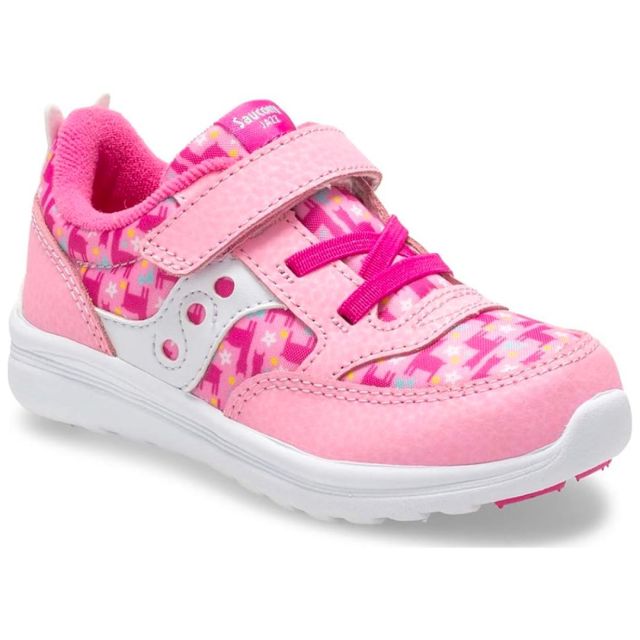
This shoe from Saucony was designed with features that specifically support growing feet. They are made from a machine-washable material, memory foam footbed for added comfort, increased flex grooves for added flexibility and have been awarded the American Podiatric Medical Association (APMA) Seal of Acceptance. Available in lots of different color options! Toddler Sizes 4-10 (Regular, Wide, and Extra Wide)
Saucony Unisex Baby Jazz Lite Sneaker ($12.38+)—Buy Now!
Billy Footwear CS High Tops
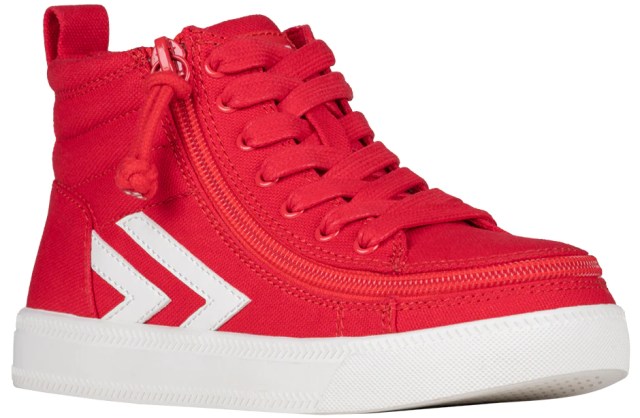
These sweet high-tops are part of the collection from Billy Footwear, shoes that are designed for kids including kids with autism and sensory issues. They're like Converse and VANS having a perfect shoe baby, and they are easy on and easy off, with side zips. Created by Billy Price, who himself is paralyzed, and wanted to invent a shoe that any kid could rock. Toddler Sizes 5-10, Little Kid Sizes 11-3, Big Kid sizes 4-7, Medium and Wide widths.
Billy Footwear CS High Tops ($55.00)—Buy Now!
KEEN Chandler Unisex Kids Sneaker
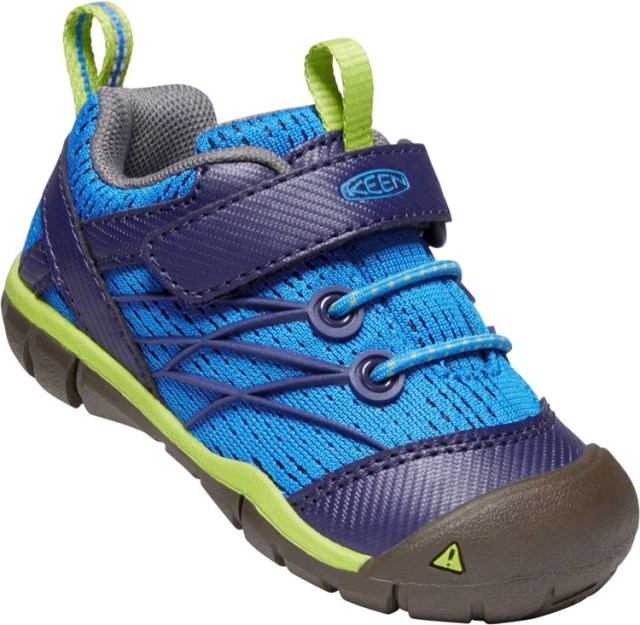
We love KEEN for their durable and colorful shoes that will last even the most rough-and-tumble playtimes. Pictured here is their best-selling toddler Chandler Shoe, available in multiple colors. Toddler sizes 4-10, Little Kid sizes 8-13, Big Kid sizes 3-7.
KEEN Chandler Unisex Kids Sneaker ($26.98+)—Buy Now!
ikiki Squeaky Shoes for Toddlers with On/Off Squeaker Switch
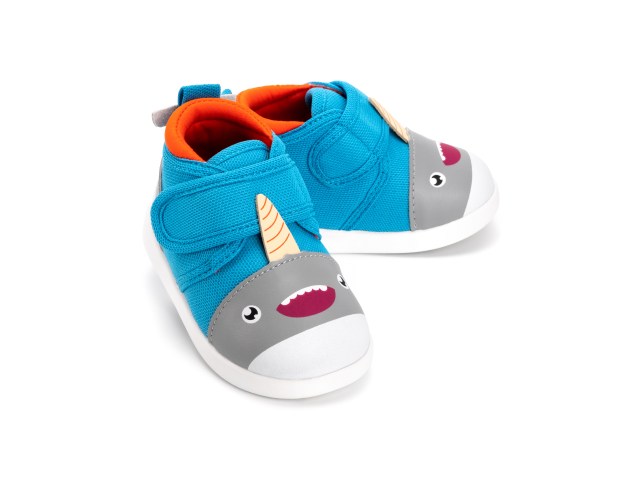
Choose from 26 adorable different animal shoes that come with names like Sascha Narwhalski (the narwhal) to Leo Longfire (the dragon). Each pair of shoes comes with ankle support for new walkers, and the squeaker, which is located in the heel, is an orthopedic aid for kids who are prone to toe walking. The best part? You can turn the squeaker off if the sound isn't appealing. Toddler sizes 2-9, Little Kid sizes 10-13
ikiki Squeaky Shoes for Toddlers with On/Off Squeaker Switch ($37.95)—Buy Now!
Nike Air Max 270
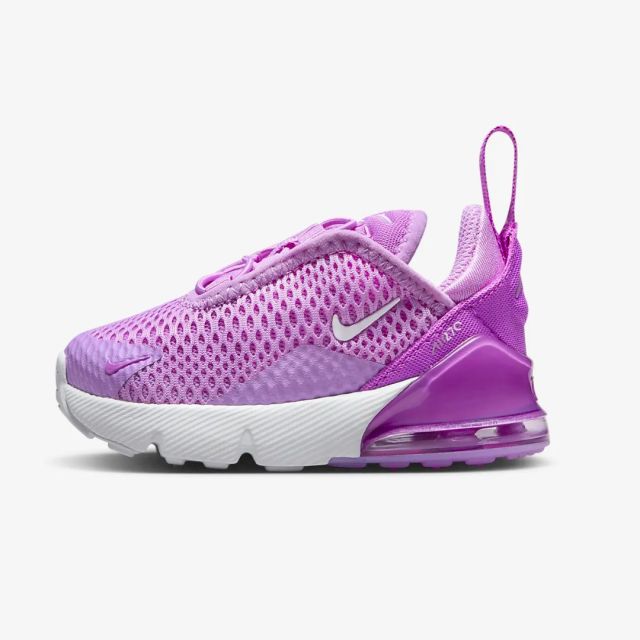
Air cushioning makes these Nikes so light (perfect for little feet) and the grooved bottoms create extra stability. They come in 12 colors. Baby and Toddler sizes 2-10.
Nike Air Max 270 ($56.97)—Buy Here!
Kids Sneakers
Kids Converse Slip-On Sneakers
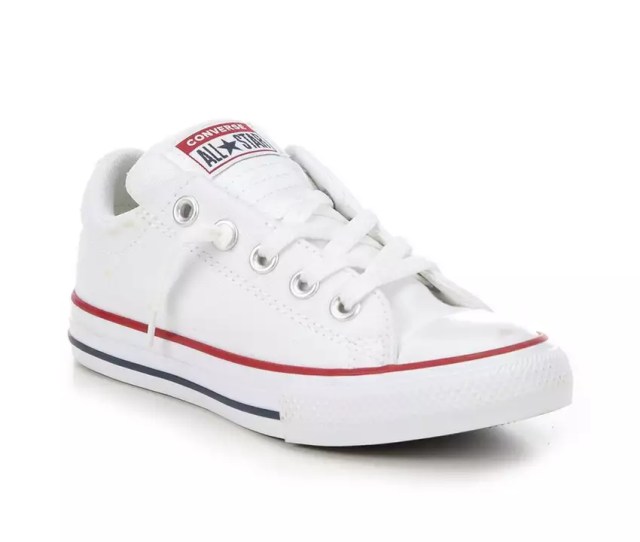
Who doesn't love a classic? These Converse All Star sneakers are a slip-on style, making them an excellent choice for kiddos who are always on the go.
Kids Converse Slip-On Sneakers ($24.00+)—Buy Now!
New Balance Kids Fresh Foam Sneakers
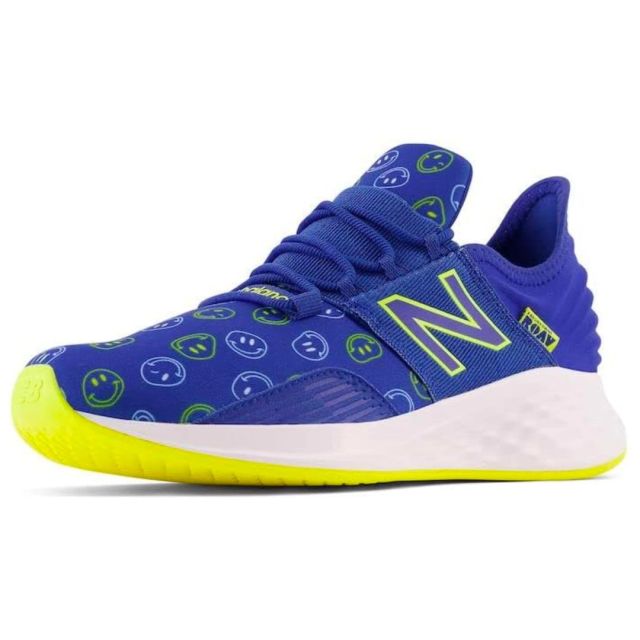
If your kiddos have feet that are on the wider side, New Balance sneakers are a huge hit. They're incredibly comfortable, come in so many colors and prints, and are rated super high. Our Managing Editor raves about them for her kids, too!
New Balance Kids Fresh Foam Sneakers ($38.95+)—Buy Here!
Glitter Light Up Slip-On Sneakers

Glitter and twinkly lights? These cuties have everything your sparkly kiddos could possibly want. Plus, new VIP members get all shoes for $5, and free shipping on orders $10+.
Glitter Light Up Slip-On Sneakers ($10.00+)—Buy Now!
Kizik Anaheim
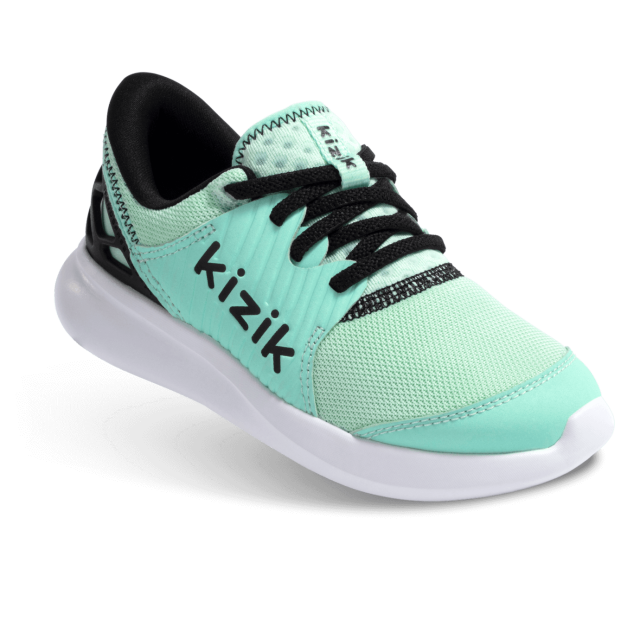
Function meets style with any Kizik shoe. It's the first sneaker that is basically hands-free! All kids need to do is step on it as their putting their food in, then the heel pops down, you foot goes in and the heels is back in action and ready for the day. We love that Kizik's use no-tie stretch laces, have easy match left and right icons so your kids put the right shoe on the right foot, and are made with breathable materials.
Kizik Anaheim ($59.00+)—Buy Now!
Gender Neutral Marley-k Sneaker
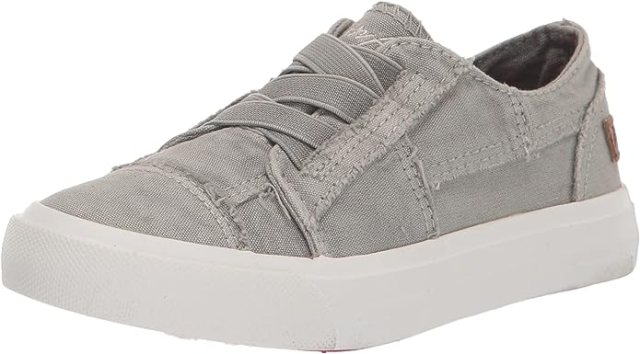
Canvas sneakers are a closet must-have, especially for little ones. They're easy and lightweight, and these slip-ons from Blowfish Malibu Kids come in a bunch of different colors and prints.
Gender Neutral Marley-k Sneaker ($11.98+)—Buy Here!
Nike Air Zoom Crossover Basketball Shoe Big Kid at Famous Footwear

Kiddos love color and these Nikes are perfect for everything from the classroom to the court. They're lightweight, roomy, and offer ankle support, too.
Nike Air Zoom Crossover Basketball Shoe Big Kid at Famous Footwear ($59.85)—Buy Here!
Palladium Kids Ace Lo Strap
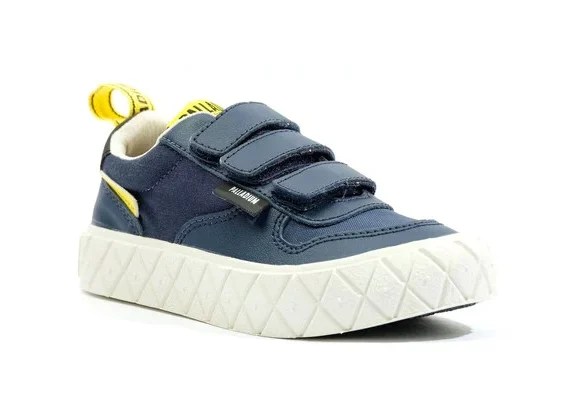
The Kids Ace from Palladium is the mini me version of the adult Palla Ace, so you can match (if you're into that). They have a cool-kid vibe that's the definition of street style, plus the straps make them adjustable for maximum comfort and easy for kiddos who are just learning to put on their own shoes.
Palladium Kids Ace Lo Strap ($35.10)—Buy Here!
Rothy's The Kids Sneaker

This gender-neutral slip-on sneaker from Rothy's, your favorite sustainable shoe company, has been tested out by active, busy kids. The sneakers are washable and offered in 10 different colors and prints inspired by the bright colors of the 1970s. Like all Rothy’s shoes, the sneaker has an athletic outsole, and the stretchy knit is made out of recycled water bottles.
Rothy's Kids Strap Sneaker ($55.00)—Buy Now!
Toms Youth Alp Platform Canvas
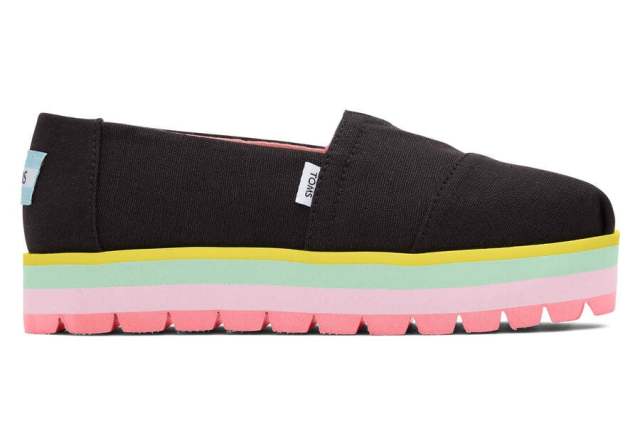
The newest spring styles from Toms don't disappoint. We especially love this Alp Platform Slip-On that's easy-on, easy-off. The canvas textile holds up to rough playground play and its cushy insole means your kiddo's feet will stay comfy as she jumps, runs, and climbs.
Toms Youth Alp Platform Canvas ($49.95)—Buy Now!
Vans Ward Sneakers
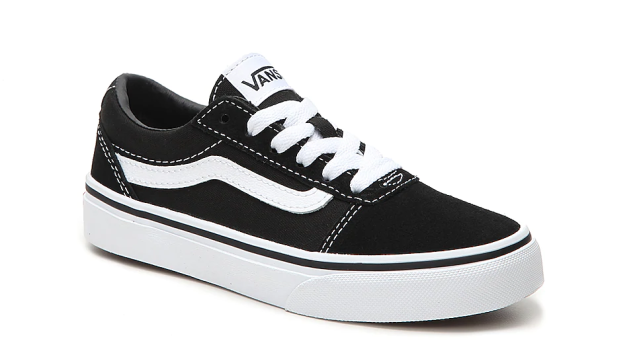
These classic Vans never go out of style. The cushioned footbed and signature rubber waffle sole are perfect for playground play.
Vans Ward Sneakers ($49.99)—Buy Now!
Vessi Kids Weekend
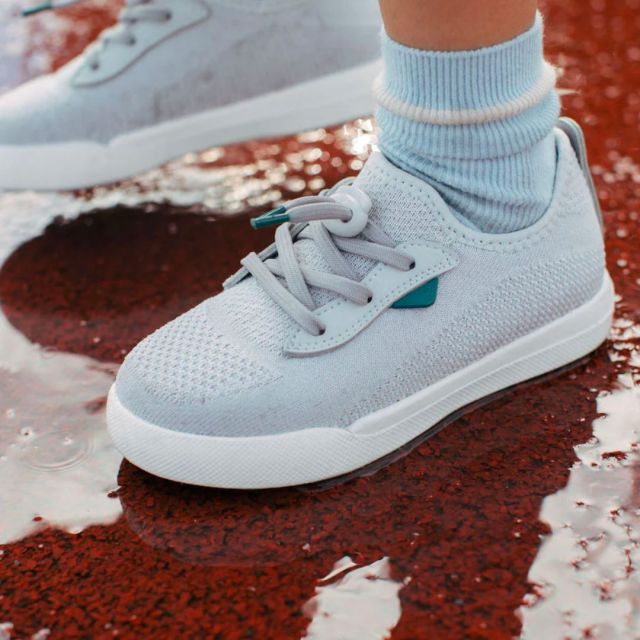
If you have a kid who hates getting their socks wet, Vessi has you covered. These 100% waterproof shoes are totally comfortable and totally cute as well so we love them for the playground. They're breathable, easy-off, and machine washable, too.
Vessi Kids Weekend ($60.00)—Buy Now!
Skechers Flip Kicks Twi-Lites 2.0
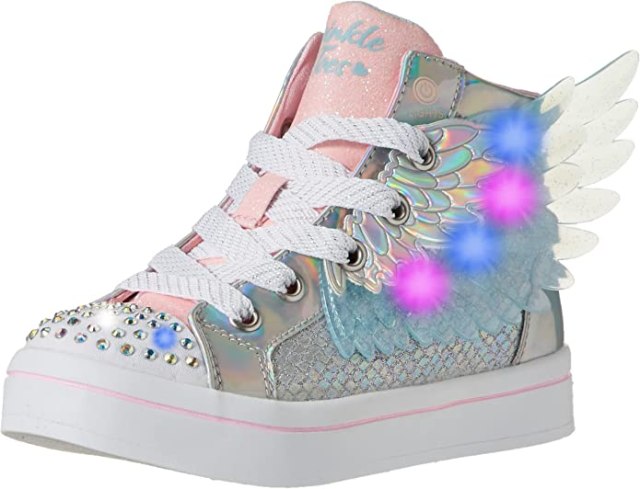
These Flip Kicks high tops from Skecher have unicorn wings! They also have an inside zipper closure and optional lace-up closure as well.
Skechers Flip Kicks Twi-Lites 2.0 ($38.67+)—Buy Now!
Sperry Little Kid's Spinnaker Washable Junior Sneaker
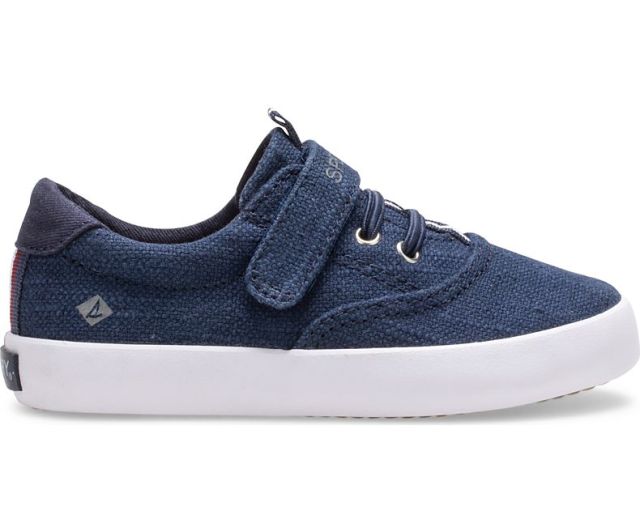
Offered in three colors, the washable Spinnaker sneaker has velcro straps, memory foam footbeds, and non-marking rubber outsole with grip and traction that are perfect for climbing and running, whether it's during recess or after school.
Sperry Little Kid's Spinnaker Washable Junior Sneaker ($41.95+)—Buy Now!
Merrell Trail Quest Hiking Sneaker
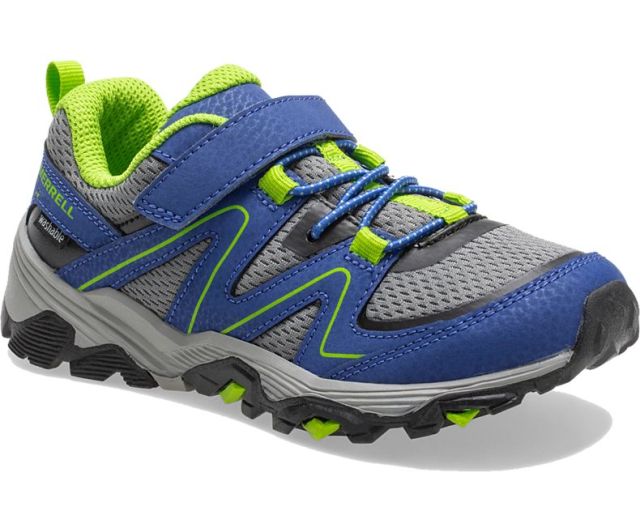
This all-terrain sneaker from Merrell comes in several different color combos, is machine washable and has an easily managed hook-and-loop closure for young kids.
Merrell Trail Quest Hiking Sneaker ($39.96)—Buy Now!
Under Armour Assert 8 Sneaker
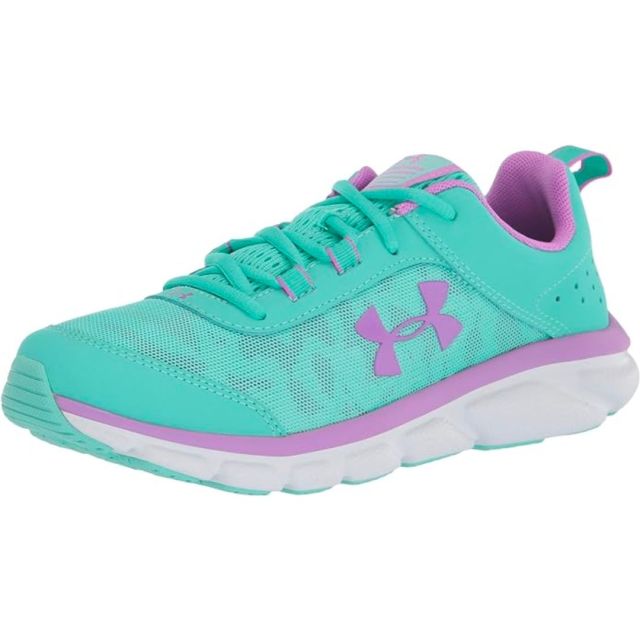
There's nothing like a basic sneaker to get your kid off on the right foot. This one from Under Armor has over 15 different colors, has durable leather overlays that lock in your midfoot to help with stability and an EVA-liner that provides step-in comfort.
Under Armour Assert 8 Sneaker ($35.00+)—Buy Now!
All the products listed are independently & personally selected by our shopping editors.
If you buy something from the links in this article, we may earn affiliate commission or compensation. Prices and availability reflect the time of publication.
All images courtesy of retailers.
